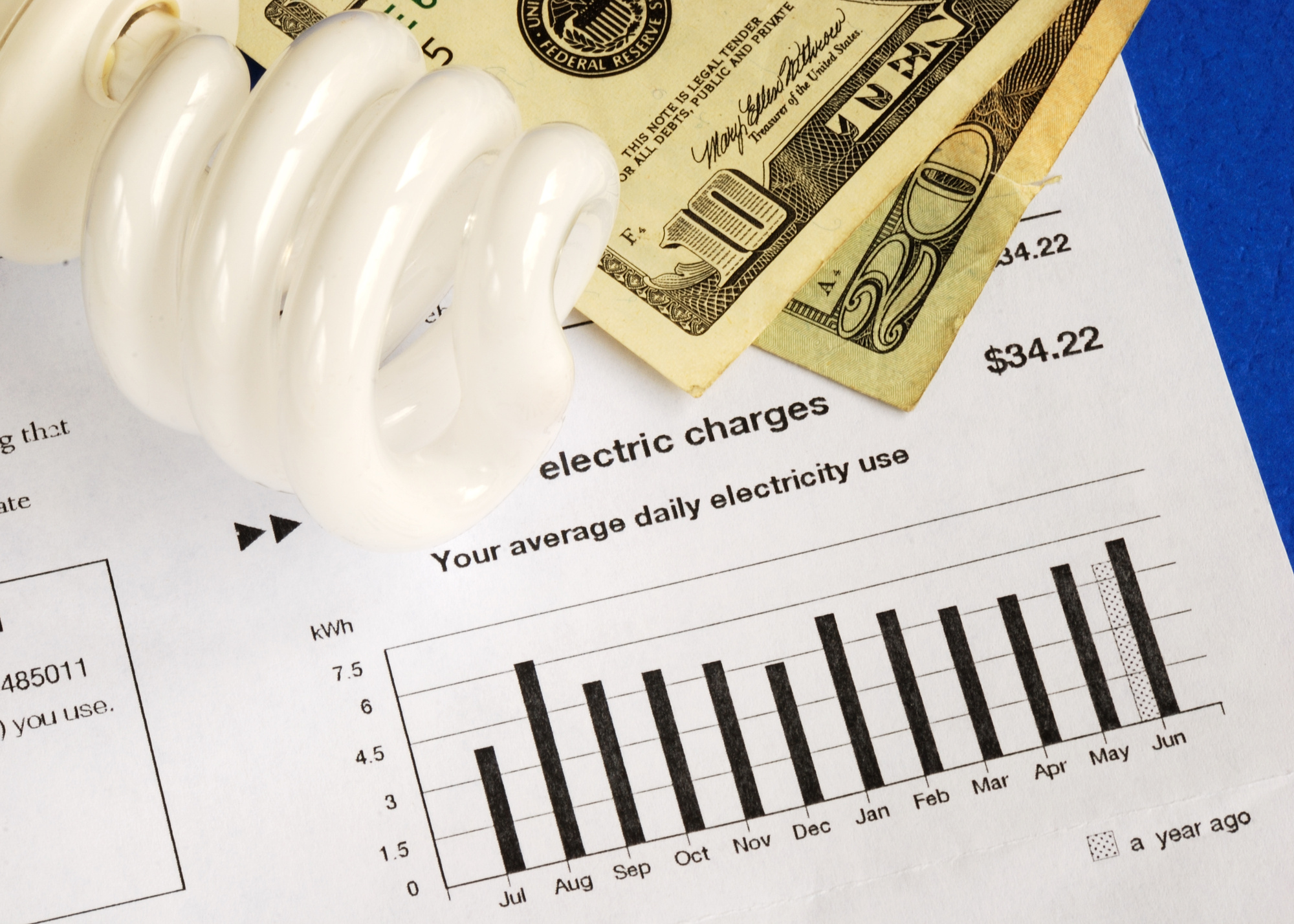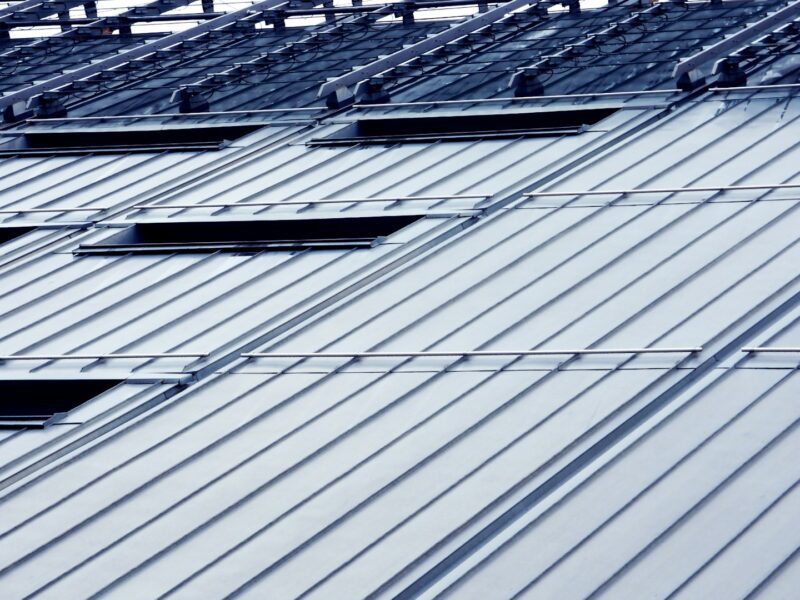A typical household uses roughly 10,632-kilowatt hours (kWh) annually. With increasingly high electricity bills, it’s no wonder that people are looking for ways to save!
After all, everyone wants to be smart about using their money, right? What could be better than using less energy to save money on your bills?
But how can you start cutting back on your energy usage? Where do you even begin if you want to live more sustainably and help the environment?
With this short guide, you’ll learn how to reduce your household energy consumption and start saving money!
Contents
1. Invest in Energy-Efficient Appliances
Investing in energy-efficient appliances is one of the best ways to reduce your energy usage at home. Preferring these appliances to conventional alternatives can help reduce electricity bills over time, as running costs are reduced due to higher energy efficiency.
When selecting appliances, it’s important to read all the energy information visible on the label. Find out their energy rating stars and energy usage costs so you can compare products and choose the most efficient one.
Appliances like refrigerators, air conditioners, and washing machines are some of the best investments when aiming to reduce power consumption. Upgrading to a more efficient hot water system or replacing the old one can also make a huge difference. You can check out https://www.qbicheating.co.uk/bathroom-panel-heaters if you are interested in changing your old heater to reduce energy consumption.
It is also a great idea if you invest in an air fryer. Compared to the majority of convection ovens, air fryers are more energy-efficient for regular usage. Aside from “frying,” an air fryer can also be used to bake, broil, braise, and roast food.
2. Utilize Natural Light to Reduce Lighting Costs
Eliminating unnecessary energy costs is a great way to reduce your environmental impact. One of the easiest and most cost-effective ways to do this is to utilize natural light as much as possible. This means investing in blackout shades and blinds to control when and how much natural light is let in.
You can also use strategic drapery placements and colored curtains to help filter bright sunlight that can be harsh and damaging to fabrics. Taking advantage of the sun’s natural light through reflective surfaces and windows that let the light in can also be beneficial.
You can even install solar panels to harvest solar energy. There are plenty of options out there for individuals looking to invest in renewable energy. Reducing the amount of energy needed to light your home will not only save you money in the long run but also help you make a positive impact on the environment.
3. Find Alternatives to Heating and Cooling
When it comes to reducing your energy consumption at home, finding alternatives to heating and cooling is key. Instead of relying on traditional air conditioning, use fans and open windows to direct a cool breeze into your home. Strategically placing awnings, trees, and other outdoor shading features can also help keep your home cool in the summer months.
In the winter, reduce your reliance on space heaters and opt instead for warm layers and blankets to keep you cozy. Make sure you have the right windows and doors installed to keep the cold air outside. Moreover, have your air ducts and heating system serviced to keep the system efficient.
4. Practice Smart Habits to Help Conserve Energy
Practicing smart habits at home is an effective way to help conserve energy. Start by changing the way you use electricity. Replace regular light bulbs with eco-friendly lights or LED lights.
Set up appliances, such as TVs and computers, on power-saving mode to reduce their energy consumption. Unplug electronics or turn off the power strip when they’re not in use. Finally, practice regular maintenance and cleaning of heating and cooling systems, so they operate efficiently.
Additionally, try weatherization techniques such as caulking and sealing windows and doors. These will help reduce air leakage and help maintain a comfortable home temperature, reducing energy consumption. Other things to consider include installing a smart thermostat, using ceiling and portable fans, taking shorter showers, and washing laundry using cold water.
5. Don’t Iron Clothes
When it comes to reducing energy consumption at home, one great way is to not frequently iron clothes. As ironing clothes takes a lot of energy, it would be beneficial to avoid doing it. To do so, avoid highly crinkled items and instead opt for garments that do not require ironing, such as wrinkle-free cotton, polyester, and other synthetic fibers.
Additionally, dried clothes should be removed from the dryer as soon as possible, hanged, smoothed out, and folded. Fibre-friendly steamers can also be used. Steaming is an effective way to eliminate wrinkles without the need for any heat.
Also, air drying can be an effective way to reduce energy use when drying clothes. Sunlight helps to smoothen and soften up fabrics. When possible, these natural methods can be a great way to save energy and keep clothing wrinkle-free.
Reduce Your Overall Energy Consumption Today
Now, you want to cut down on your household expenses by reducing your monthly bills. One way to do so is to lower energy usage. This is a great idea since you won’t just save money.
By implementing these small but effective changes, you can reduce your household’s energy consumption and contribute to the environment. Start today and make a sustainable impact!
Did you find this article informative, and do you want to read more? Check out the rest of our blog, then.



